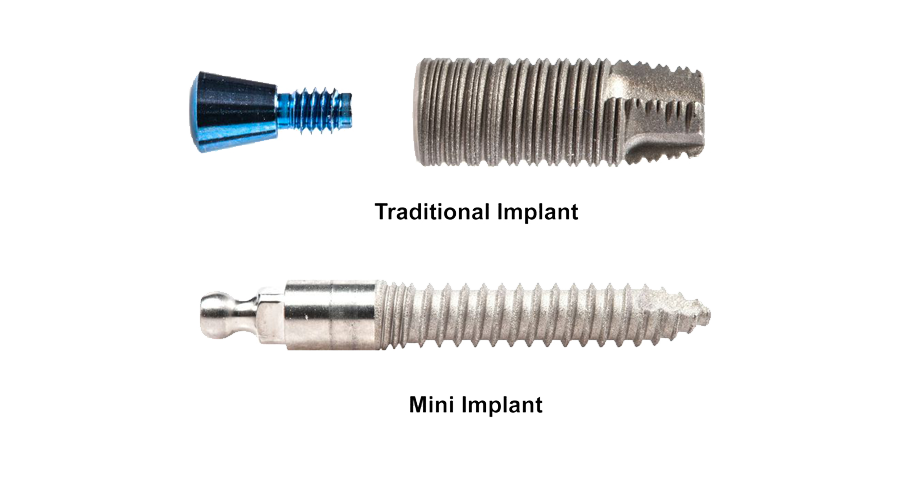Types of Dental Implants
If you are missing teeth, dental implants and implant-supported restorations offer the opportunity to restore the full function and beauty of your smile. A single missing tooth can be replaced with an implant-supported crown, several teeth with an implant-supported bridge, or a full arch with an implant-supported denture. Before beginning your treatment, it is important to consider the types of dental implants available and how they can serve your needs. Your dentist or oral surgeon can review your options and help you decide which is best.
Understanding Your Options
It is important to distinguish the dental implant from the restoration. Dental implants are small posts, typically made from titanium, which are embedded in your jaw. They can be divided into several categories based on their size and shape, as well as the technique used for placement. Dental implants can support a range of restorations, including crowns, bridges, and dentures.
Implant Size
The size of an implant, or the platform, affects where it can be positioned inside the mouth. The three main sizes are:
- Standard platform implants: Usually ranging from 3.5mm to 4.2mm in diameter, standard platform implants are placed in the front part of the mouth.
- Wide platform implants: This implant is typically used to replace molars in the back of the mouth and ranges in diameter from 4.5mm to 6mm.
- Mini, or narrow, implants: For patients with spacing issues or insufficient bone density, a mini implant can restore candidacy for dental implants treatment. This type of implant typically ranges from 2mm to 3.5mm in diameter and requires less available bone than standard implants.

Implants can be divided into several categories based on their size and shape, as well as the technique used for placement.
Each smile is different, so your dentist will determine the ideal implant size for you depending on the spacing of your teeth and the quality of bone present.
Implant Shape
The shape of an implant affects its stability and long-term strength. While there are many types of implant shapes, the two most common are:
- Screw-type: This type of implant is threaded like a screw and can effectively transmit the biting force to the surrounding bone. Screw-type implants are one of the most common types of implants.
- Cylinder-form: These implants have a similar shape to screw-type implants without the threading, allowing for easier placement in the jaw. However, the smaller surface area does not provide the same level of stability as screw-type implants.
The optimal implant shape depends on where the implant is placed and the placement method used.
Placement Method
One key difference in implant types is the procedure used to place them. There are three placement methods in use today. The two-stage procedure is the most common method. First the implant is placed and allowed to heal. Then, an additional surgery is performed to uncover the implant and place the abutment (connector device) and temporary restoration.
In contrast, single-stage implants do not require the additional uncovering procedure. A healing abutment is placed at the same time as the implant post. Once the implant has healed, the final abutment and crown can be placed immediately. This placement method requires more care during the healing process, as the implant is especially vulnerable to external factors.
Immediate-loading implants are also an option for qualifying patients. Treatment involves places the implant and restoration during a single surgery. The candidacy for this type of implant is limited as patients are required to have sufficient bone density and volume.
Choosing the Right Type for You
The optimal dental implant type for you will depend on a range of factors, including the type of restoration you need and the anatomy of your jaw. For example, mini dental implants are typically used for patients with low bone density who do not qualify for bone grafting. However, not all dentists offer mini implants. Be sure to discuss the different options available with your dentist before deciding to proceed with your implant treatment.







